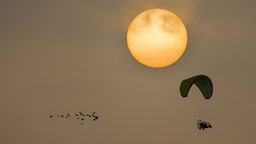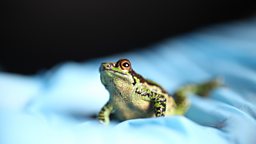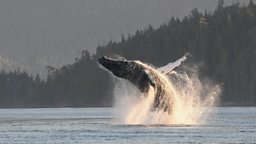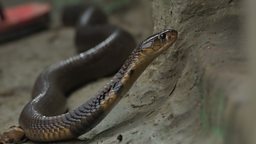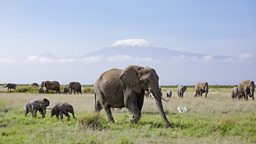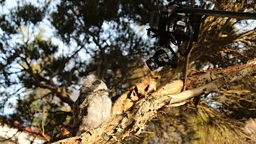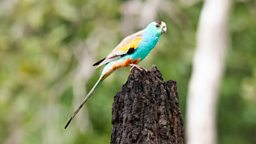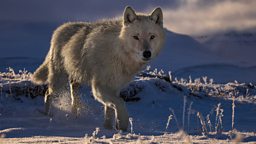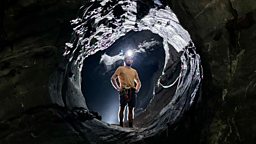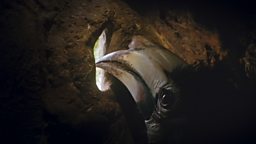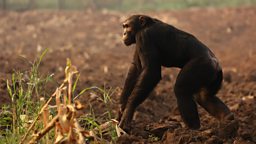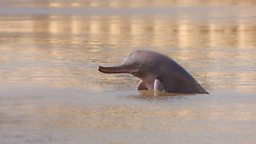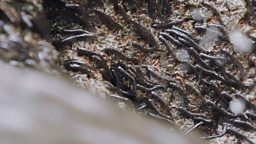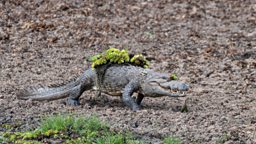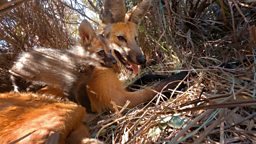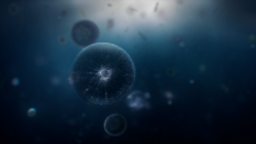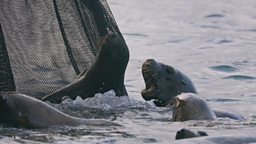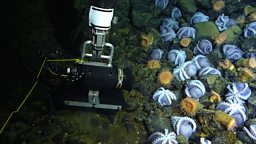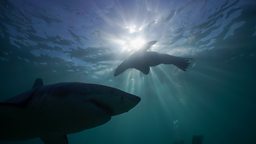The angel at the end of the Earth

By Alex Semenov – Arctic researcher and Cameraman

I first encountered a sea angel as a young schoolboy during a summer field trip, and it wasn't just any sighting; it was a complete hunting scene. This extraordinarily charming animal, albeit with devil horns, morphed into a sci-fi predator in the space of a second, as it lunged for its sea butterfly prey.
I was utterly shocked, and walked around wide-eyed, struggling to believe what I had just witnessed. The spectacle was so breath-taking and lightning fast. Still today, studying and photographing sea angels for scientific research, I believe they are some the most remarkable and captivating creatures in the Arctic seas.
Sea angels are unique and may appear to be quite unrelated to any other animals you might be familiar with. But it’s likely you’ve seen their kin in nature documentaries before, or even in rockpools around the UK. The sea angel is a sea slug… but one that took a rather different evolutionary path. The sea angel appears to ‘fly’ through the water. They are ‘pelagic’ or open water species, whose angel like wings and upright orientation give them a certain charisma to human eyes.
As an adult, I began working as the head of the diving team at Belomorskaia, the arctic marine research station on the shores of Russia’s White Sea. I took up underwater photography. Straightaway, my goal was to capture the scene that had stayed with me for so long: the sea angel's hunt. What followed was seven years of chasing down that elusive, perfect shot. Eventually I got the hang of photographing them and, after capturing several successful still shots, I became eager to document this process on video. Well, that turned out to be much more challenging.
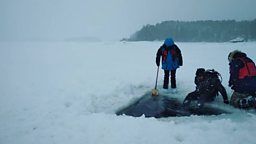
The scene you see in Planet Earth III is the result. It took a team of four experts five full months, three of which were dedicated to daily dives beneath the ice. Even just encountering a sufficient number of sea angels, with good lighting, free from currents and murkiness, was already a significant stroke of luck. But for several weeks in a row, they didn't appear at all, and our dives, each a significant logistical and physical undertaking, were in vain. The mass appearance of sea butterflies, their primary food source, and the sea angels’ active hunting phase only occur for a few days each year. In a changing world, this is becoming increasingly difficult to predict.
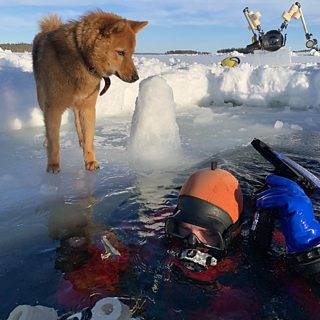
When predator and prey finally coincided, and in reasonable numbers, we were able to begin filming. Filming under the ice in the White Sea is hard, even more so when trying to film small creatures like sea angels. Clearly, it’s very cold but also the tiny animals are at the whim of the currents, as well as the eddies created by us moving past. But the icy waters make for a beautiful backdrop, and the scene is otherworldly.
The close up shots were filmed in our specialist Arctic research station. By replicating the sea conditions as closely as possible (although without the surging currents!) we were able to study these creatures, observe their natural interactions closely and build our understanding of this amazing species. It may sound cosy, at least compared to ice diving, but sitting there barely moving in this freezing cold room for many hours a day required us to wear coats and boots designed for use down to -40C.
This setup provided an opportunity to film the sea angels in super-slow motion. Their strike is both sudden and very, very quick, rendering it virtually invisible to the human eye. But watching it back in slow motion, we can see just how extraordinary the angel’s unexpected transformation is.
I hope these images will stay with you, just as the hunting scene I witnessed in the White Sea, quite unexpectedly, left a lasting impression on me during my childhood. To capture these unique scenes is a small dream fulfilled for me.
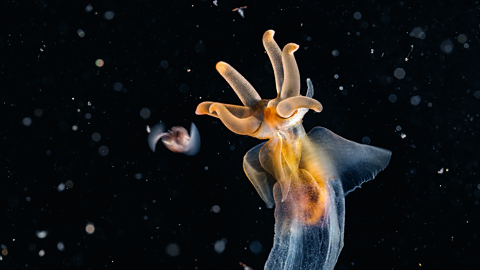
The devilish side of the sea angel
Extraordinary newcomers appear from the depths into nutrient rich glacial meltwater.

